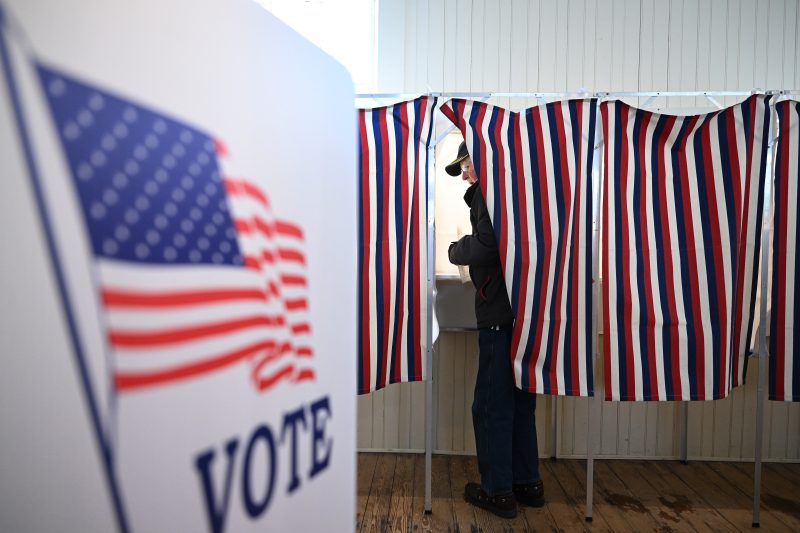The National Popular Vote Plan Challenges the Undemocratic Electoral College
Background of the Electoral College System
The Electoral College has been a longstanding and controversial method used to elect the President of the United States. Under this system, each state is allocated a certain number of electoral votes based on its population size, with a total of 538 electoral votes up for grabs. To win the presidency, a candidate must secure at least 270 of these electoral votes.
Criticism of the Electoral College
One of the main criticisms of the Electoral College is that it can lead to outcomes where the candidate who wins the popular vote does not necessarily become president. This has occurred in multiple elections throughout American history, most notably in the 2000 election between George W. Bush and Al Gore. Critics argue that this undermines the principle of majority rule and can result in an undemocratic outcome.
The National Popular Vote Plan
In response to these criticisms, the National Popular Vote Plan (NPV) has emerged as a proposed alternative to the Electoral College. The NPV is an agreement among states to award all of their electoral votes to the presidential candidate who wins the nationwide popular vote. This would effectively guarantee that the winner of the popular vote also wins the presidency.
Challenges to the NPV
Despite its potential benefits, the NPV faces several challenges in its implementation. One of the main challenges is the need for a sufficient number of states to join the compact in order for it to take effect. As of now, the NPV has been adopted by 15 states and the District of Columbia, totaling 196 electoral votes. However, it will only go into effect once states representing a total of 270 electoral votes have joined the compact.
Another challenge facing the NPV is the opposition it has encountered from critics who argue that it would give undue influence to densely populated urban areas at the expense of rural and less populous states. They contend that the Electoral College serves as a safeguard against the tyranny of the majority and ensures that smaller states still have a say in presidential elections.
Conclusion
In conclusion, the National Popular Vote Plan presents a potential solution to the perceived shortcomings of the Electoral College system. While it faces challenges in terms of implementation and opposition, the NPV represents a push towards a more direct and democratic method of electing the President of the United States. Whether or not the NPV will ultimately succeed in reforming the electoral process remains to be seen, but its presence has sparked important discussions about the future of American democracy.

